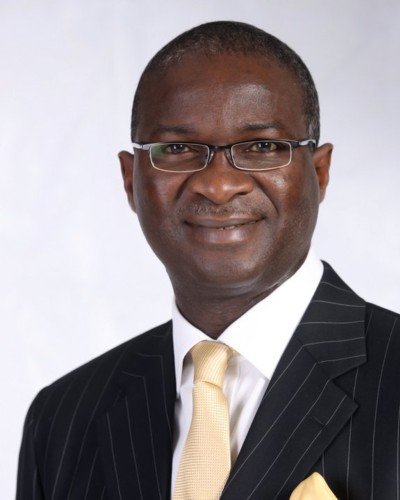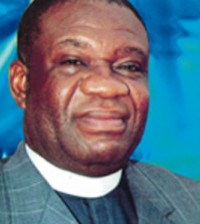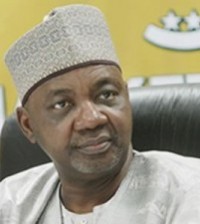Jonathan flags off building of 700MW hydro-power dam
Nigeria’s President Goodluck Jonathan on Tuesday inaugurated the construction of the N162.9 billion Zungeru Hydroelectric Power Project in Niger state that would generate 700MW on completion.
The president said the project was conceived in 1982 but could not take off due to funding constraints.
He, however, said his administration had now solved the financial challenge.
Jonathan said the defunct NEPA identified the potential of hydroelectric dam in Zungeru in 1982.
“This is a history-making event because the power plant is the largest to be built by this administration,’’ he said.
He listed employment opportunities, agricultural development, tourism and exportation of perishable food via Minna Airport as some of the derivable benefits of the project.
Jonathan called on the people of the state to give him their support to ensure that the project progressed smoothly for the period of four years the construction would last.
The Governor of Niger, Dr Babangida Aliyu, expressed his appreciation to the president for making funds available for the project under the Power Sector Intervention Fund.
He commended the Federal Ministry of Power for its readiness to pay appropriate compensations and the resettlement of persons affected by the project.
Aliyu assured the president of the total cooperation of the people of Niger to ensure that the project progressed smoothly.
The Minister of Power, Prof Chinedu Nebo, said the project was now a reality due to the uncommon courage and determination shown by the president.
Nebo added that the project would open new frontiers to drive the socio-economic transformation of the country to another level.
He said 1.72 billion dollars counterpart funding was recently approved for the sector by the National Economic Council.
According to him, the money is for Zungeru hydroelectricity, Gurara2 Dam in Suleja in Niger, and the Mambilla Dam in Taraba.
The Minister of State for Power, Hajia Zainab Kuchi, said the first feasibility study done on the project was by Messrs Chas T. Main International of the U.S.
Kuchi explained that the contract was awarded to Messrs SYNOHYDRO Corporation / China Nation Electrical Engineering Corporation Consortium at the cost of N162.9 billion.
She said the project would provide many economic and social opportunities, such as skill acquisition and training for people of the communities.
(PM News)









Femi Animashaun
May 30, 2013 at 1:15 am
Yesterday with a team, we attempted to Navigate Ogun River to assess the possibility of towing a Dredger up-River. We had previously contacted the Lagos State Waterworks Dam people, about access through the Dam at their lock. We were told there would be no problem.
Upon getting to this Lock after a 3 hour journey, we discovered that there was a problem with their opening device. To assist, we engaged a welder to weld the broken part to assist the Dam people, but the dilapidated structure needed a lot more repairs and the welded part broke again, which rendered aur objective useless.
Not minding the costs of our trip running over hundreds of thousands of Naira, which included fees of an expatriate and local consultants, I was very concerned about navigation of a very important commerce artery for Yorubaland in its history. Ogun River was one of the 2 major commercial nerves of the Development of Yorubaland, including River Osun. These were the main commercial arteries that transported Goods between the in-land and Lagos Ports.
To watch Yoruba governors sit back and fail to understand the importance of these rivers for commerce is woeful. Transport by water could cost as little as 1/30th of the cost of transportation by road. In my estimation, The 2 Hydroelectric Dams built on Osun and Ogun Rivers were politically motivated to block the progress of Yorubaland by Northern Military dictators.
Southwest Nigeria still has epileptic power supply, and their transportation arteries have been relegated useless. Even short distance movements of the rivers are being blocked by water supply dams with non-working locks. It is therefore very imperative that any proposed Dam in Nigeria is highly scrutinized, especially politically, as it might be an act of sabotage against the local commerce. Other aspects of fish movements and spawning locations should be considered as well.
The United States has recently removed many dams, and built fish ladders in others as considerations for the mitigation of environmental factors. Unfortunately, Nigerian leaders are hardly known to ‘Give a Damn’. – Femi Animashaun